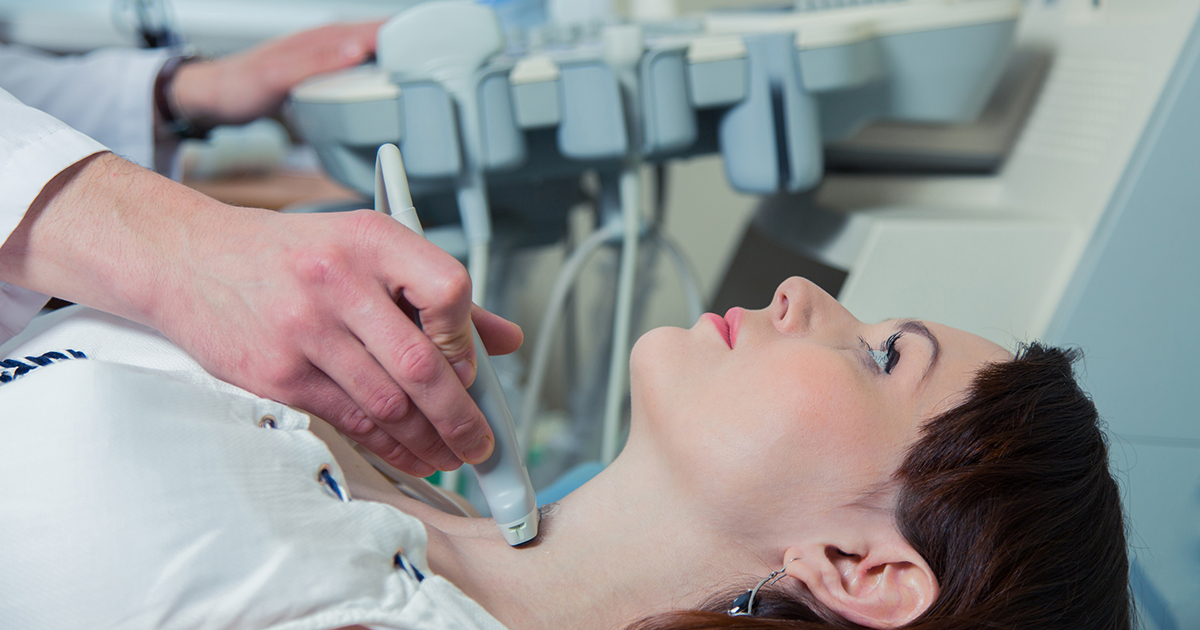Warning Signs And Complications Of Cystinosis
Cystinosis is a rare genetic disorder affecting multiple systems throughout the body. Patients with this condition accumulate cystine, an amino acid, throughout tissues and organ systems like the brain, pancreas, liver, muscles, eyes, and kidneys. Cystinosis comes in three categories: nephropathic, intermediate, and non-nephropathic. Symptom severity and age of onset vary wildly. It's essential for cystinosis to be detected and treated before irreversible damage is done to the organs. Though it is a progressive disorder with no known cure, advancements in medical technology have increased the average patient's lifespan to more than fifty years. The disease occurs because the patient's body does not have the necessary transporter to remove cystine.
Get to know the warning signs and complications linked to cystinosis now.
Pale And Thin

Cystinosis patients often appear abnormally pale and thin. With the infantile form of the disease, children tend to show no symptoms for the first nine to ten months of their life. By the time they reach one-year-old, symptoms like excessive urination and thirst occur. Children experience delayed growth and have unusually short stature. The reason children appear so thin and pale is because of the insidious damage to their internal organs. They will develop rickets due to the loss of phosphorous through their urine. Infantile cystinosis is the most common type of cystinosis. Unusual paleness and thinness can be a sign a child has an underlying medical problem, especially when paired with unusual growth development. Cystinosis is a rare disease, while paleness and thinness can indicate hundreds of different problems. But regardless of the cause, a child should not be abnormally thin and pale if they're being fed a healthy diet
Learn more about the warning signs and complications of cystinosis now.
Hypothyroidism

Hypothyroidism is a fairly common condition that occurs when the thyroid gland fails to produce the right amount of thyroid hormone, leading to metabolic imbalances due to the slowing of the patient's metabolism. In one study of children with cystinosis, every child studied had some form of hypothyroidism. Other research indicates hypothyroidism will develop in about half of all children with untreated cystinosis. The condition likely develops because cystine deposits in the thyroid inhibit the organ from developing adequate hormone outputs. This is a condition that can exist independently rather than being a symptom of something else; however, thyroid dysfunction does seem to be a warning indicator of cystine buildup in cystinosis patients.
Continue to reveal more symptoms and complications of cystinosis now.
Muscle Wasting

The kidneys are the most severely affected organ system in children with cystinosis, and untreated cystinosis leads to death due to kidney failure. However, other organ systems also experience problems and a variety of symptoms. Muscle wasting or atrophy is commonly observed in children with cystinosis. Research has strongly established muscle atrophy is a complication of cystinosis, but there isn't conclusive evidence as to how. While the most common cause of muscle atrophy is a lack of physical activity, unexplained muscle wasting is a sign of an underlying condition. Children with cystinosis may experience muscle wasting because their small intestine doesn't have the ability to absorb the necessary nutrients for growth and physical health. The cystine levels themselves may also contribute to muscle atrophy. In similar conditions, like hypercalcemia, substance buildups cause muscle weakness.
Uncover more information on symptoms and complications associated with cystinosis now.
Excessive Thirst And Urination

Children with infantile cystinosis develop excessive thirst and urination before they're a year old. Though the symptoms caused by damage to other organs will vary in severity and appearance, all children with cystinosis tend to develop this excessive urination and thirst. The disease causes a type of kidney damage called Fanconi syndrome. Rather than important particles being absorbed back into the bloodstream, these substances leave the body through the urine. The inability to reabsorb nutrients leads to many health complications. Children don't get the necessary fluids, salts, and minerals for growth. Because the nutrients in the body are so imbalanced, children become excessively thirsty, urinate more, and become dehydrated easily. Excessive thirst can be a symptom of many different conditions, but as it's a potential indicator of organ damage, it's important to consult a doctor about unexplained thirst. It's doubly important when the patient experiencing the symptom is a very young child.
Discover more about the complications and symptoms of cystinosis now.
Short Stature

A failure to grow is the most noticeable cystinosis symptom to the eye. Because important nutrients are being washed out of the body instead of absorbed, children are physically unable to grow the way they're supposed to. Infants are usually an average size at birth, but growth is slow enough that a child will be in the third percentile for both weight and height by the age of one. In addition to impaired growth, the loss of phosphorous may cause children to develop rickets. Their bones become soft and bowed because their bodies leech phosphorous from their skeletons to correct the nutrient deficiency. The patient's muscles will deteriorate even if they're moving and eating a balanced diet. In children, such a serious failure to grow and overall physical weakness is a sign that a medical condition is preventing them from developing.
